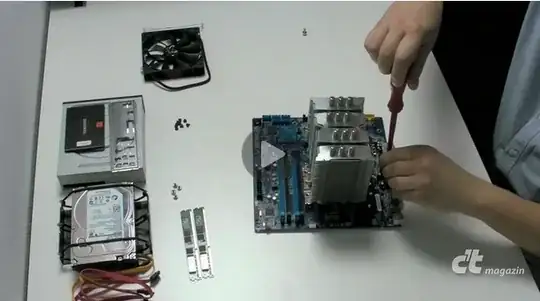I built a machine according to the specs of a computer magazine (c't, Germany). According to the magazine, the power consumption should be at around 10W.
I don't want to go into the specifics of the hardware but rather ask for general advice on where to look:
I updated the BIOS/UEFI version to the latest version, installed all the recommended drivers and unplugged all hardware that's not necessary to boot into Windows.
All that was left is the power supply, mainboard, cpu, cpu cooler and one SSD drive. But still I measured a power consumption of 50W, which is 40W more than it should be.
I tried booting Linux Mint from a USB stick, so I don't think it's some Windows-related problem..
Where else could I look?
Update 1
I dind't want the question to get closed for being too localized but if more details are necessary, here they are: The system is a desktop PC. The power consumption is measured using a Brennenstuhl PM 231 device, which was tested also by c't and they found it quite accurate.
The PSU is an Enermax ETL300AWT, the mainboard Intel DH87RL (Socket 1150) and the CPU Intel G3220 (Haswell).
Update 2
There is no online version of the article*. The most details I found can be read on its project page (in German, though...)
(*)You can pay for downloadable PDFs, however.
English translation of that project page
Update 3
Regarding the sceptics: It may sound ridiculous but apparently 10W idle consumption is possible with Intel's Haswell architecture. As a kind of proof, there's an additional Blog article explicitly listing the steps needed to reduce the idle consumption to 10W.
Additional hardware: I measured the consumption without the HDD, and as expected the usage dropped by around 10W. I have no chassis fans and the CPU fan is a "Scythe Mugen 4" model. It runs at around 600rpm so I think it won't draw much.
When stripping off all my extra components I should be at 10W. But I'm not getting anywhere near that. I would be happy to see "just" 15W in the stripped down version but currently I'm not getting below 50W no matter which component I remove. As I see it this cannot be explained by the PSU being less efficient at lower consumption.
I also waited half an hour or so (also checked that no Windows updates were running in the background) and the consumption dind't drop by more than a few watts.
